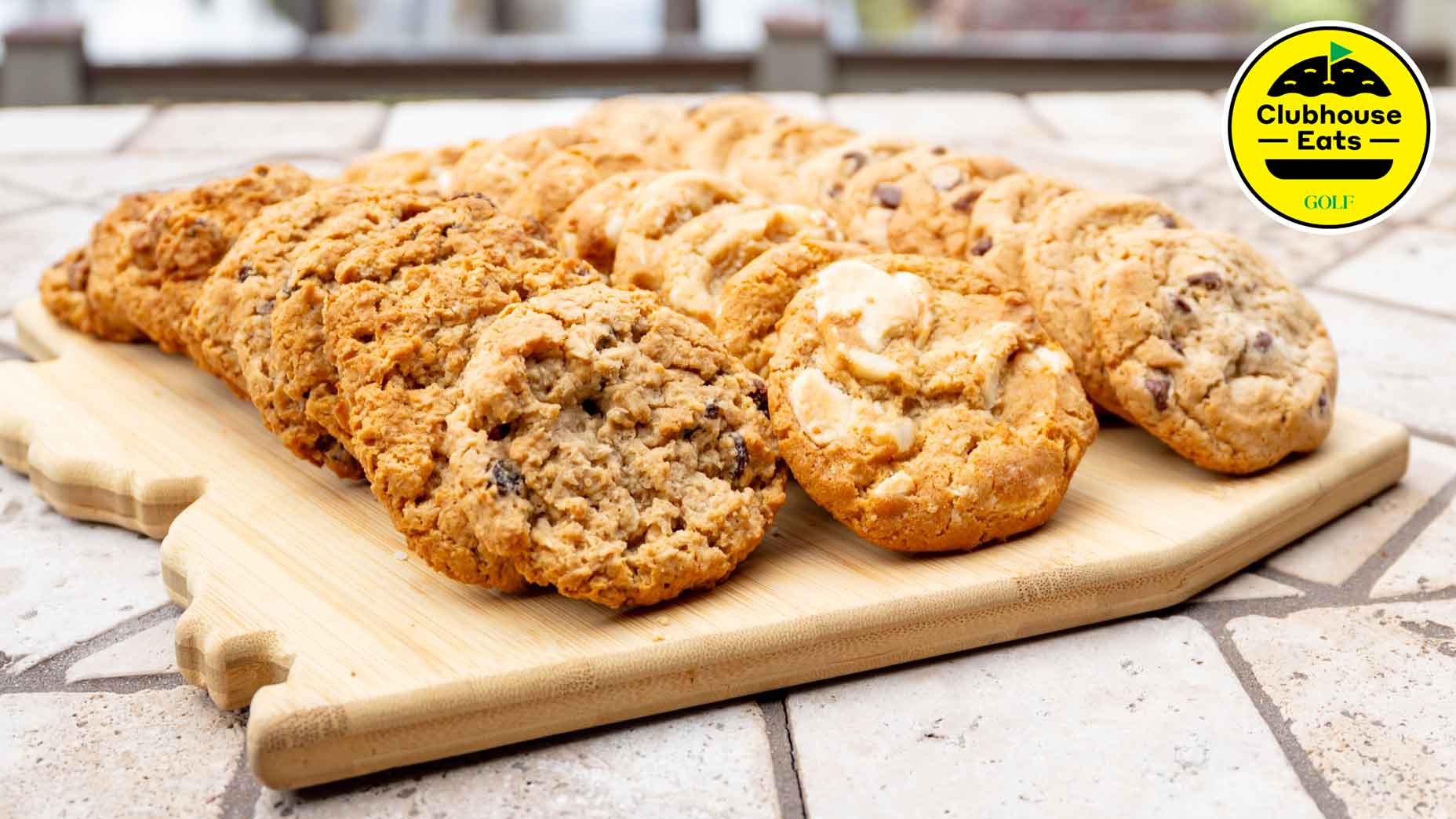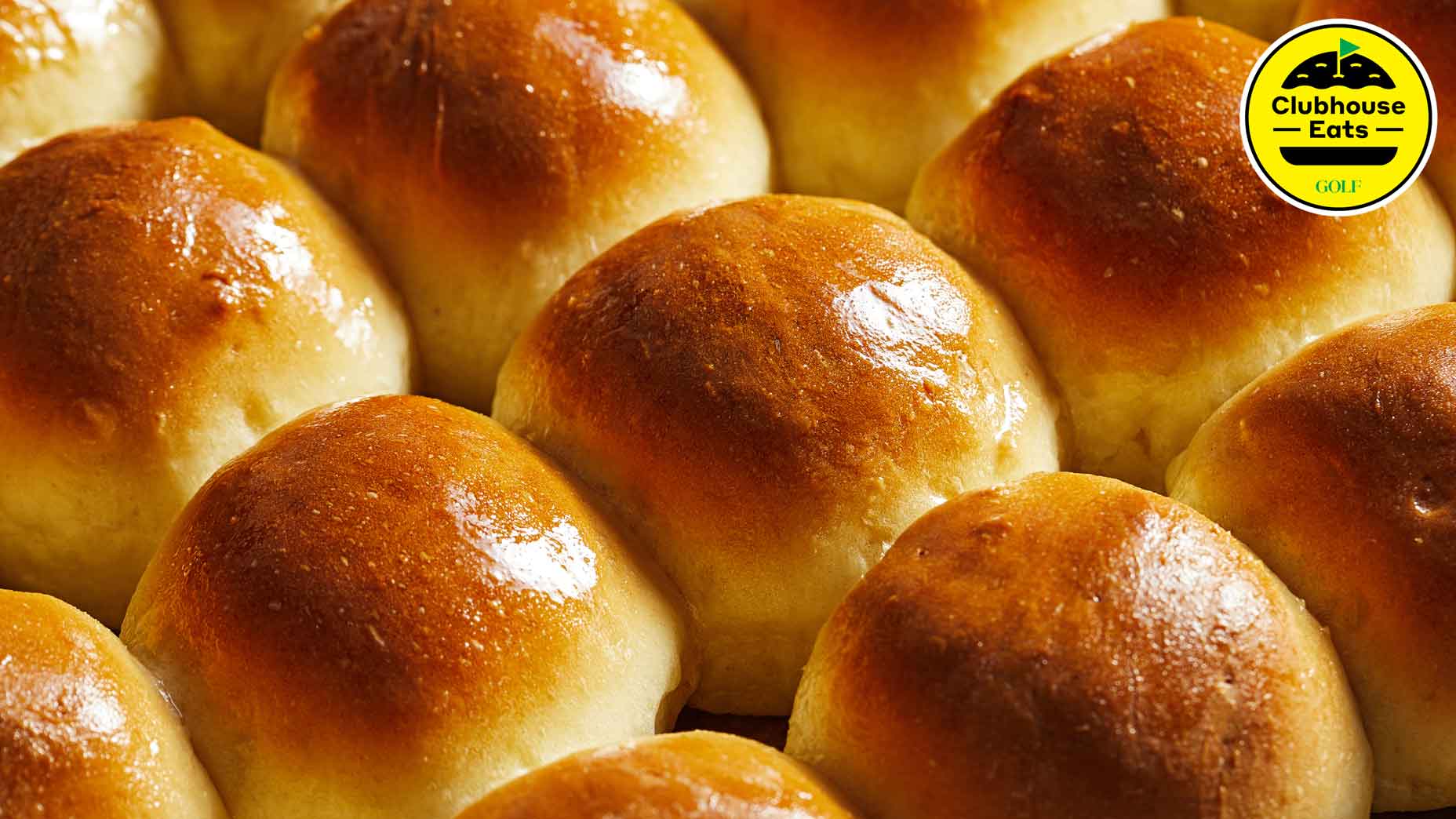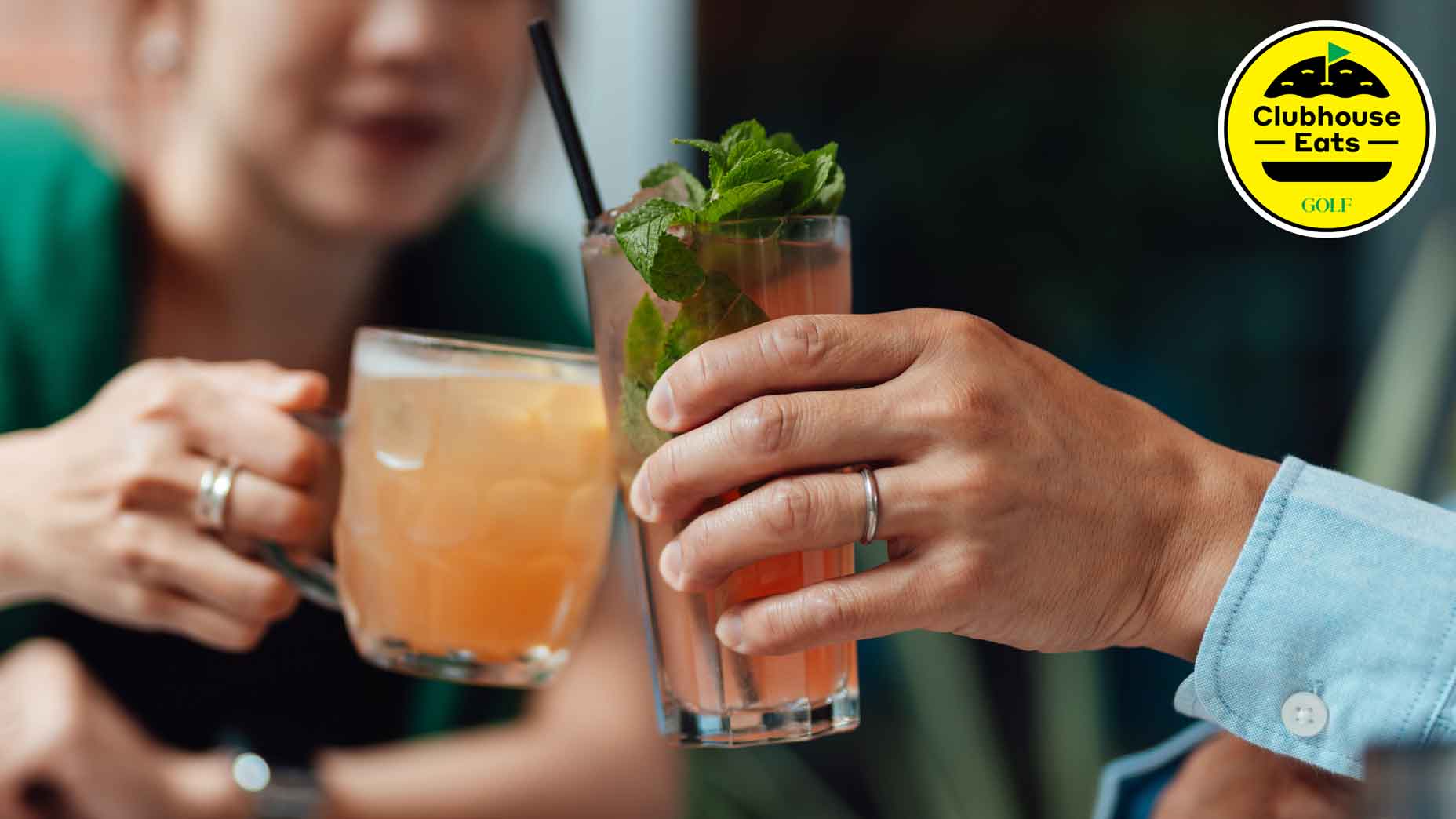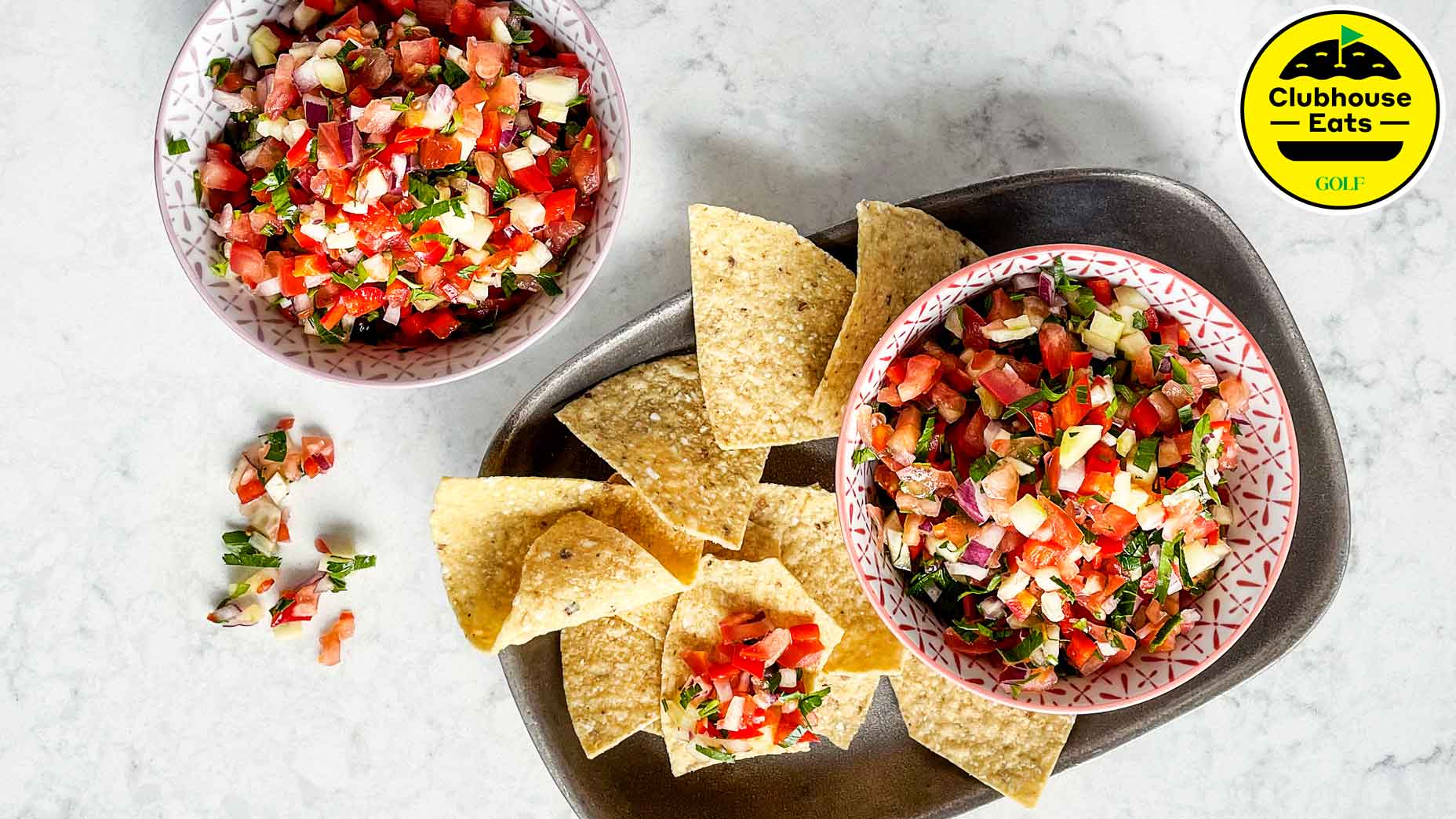Welcome to Clubhouse Eats, where we celebrate the game’s most delectable food and drink. Hope you brought your appetites.
***
When the PGA Tour descends on Hilton Head Island this year, the live oaks, treacherous bunkers, and the iconic lighthouse with its barber-pole paint job will all serve as familiar sights across Harbour Town Golf Links. Inside Harbour Town’s clubhouse, however — at Links, an American Grill, specifically — a new menu item is certain to attract a lot of attention during that championship week.
The dish in question, The Champions Burger, is a lavish creation featuring shaved black truffles, a truffle-and-garlic aioli, Muenster cheese, caramelized onions, and arugula. Equally noteworthy is the composition of the burger itself, a blend of filet mignon and short rib that is ground in-house. In fact, the restaurant’s executive chef, Farid Ahmed, constructed the burger (and selected all of its accoutrements) to celebrate that high-quality beef blend.
“First and foremost,” he says, “we want guests to taste the beef. We put a lot of time into it, so that has to be the star of the show. The second big flavor needs to be the truffles, and then the sauce and cheese needs to balance the texture of the burger.”
Replicating The Champions Burger at home isn’t the easiest of tasks, especially given what it will cost to source fresh black truffles. But you don’t need to go broke on gourmet ingredients to make an equally satisfying burger; and as Chef Ahmed acknowledges, it all starts with a balanced blend of different cuts of beef. In particular, he likes a 75/25 or even 70/30 ratio of flavorful meat to fat and says that a 50-50 blend of chuck and brisket is an excellent combination in that regard.
“There’s some intimidation when it comes to grinding your own meat, but if you talk to a butcher, they can do it for you,” he says, adding that you’ll just want to let the butcher know that you’re making your own burgers. “From there, you just need to handle the meat properly.”
The secret to making the uber-popular ‘Crushburger’, according to a golf-club chefBy: Josh Sens
If a butcher knows that the meats are to be ground for burger patties, he or she will intermix the cuts of beef during the grinding process, which means you won’t need to do much to blend the two cuts together. This is key, as over-handling the meat can produce a denser patty that lacks in tenderness once it’s cooked. Chef Ahmed’s advice when forming patties is to first create a baseball-sized orb of meat and then toss it back and forth in your hands, which will pack the meat together without too much manipulation.
“Keeping it cold will hold the integrity of the meat,” he says. “The more you touch it, the warmer it’s going to get, so less is more.”
The next key step, he explains, is seasoning. At Links, the culinary team only uses salt and pepper, and the cooks are generous with both spices. “The more fat content a cut of beef has, the more salt intake it can handle,” says Ahmed.
Not surprisingly, a properly made and seasoned burger needs to be properly cooked, which is why Ahmed advises using a cast iron pan. “It’ll give it a nice sear,” he says, “and it helps with the caramelization.”
After bringing a tablespoon of vegetable or canola oil up to an almost-smoking temperature over medium-high heat, Ahmed sears his burgers to medium-rare, which he says equates to about three minutes on each side. He typically pulls the burger off the heat when the meat registers 115 degrees, since the patty will continue to cook as it rests. Speaking of which…don’t skip the resting step! It’s incredibly important, as it allows the meat to re-absorb a lot of the juices that are naturally drawn out of it during the cooking process. Ahmed’s standard rule of thumb is to let a burger rest for 50 percent of its cooking time — in this case, three minutes.
Now, you’re only moments from a delicious burger, but the final step can make or break your sandwich. When selecting the toppings that you want to include, think of your burger as a well-struck golf shot and each topping is a swing thought that gets you there. In other words, keep it simple. “Less is always more,” says Ahmed, “so it’s best to start small. Let the burger shine first and then complement it with a topping or two, one sauce, and a cheese.”











